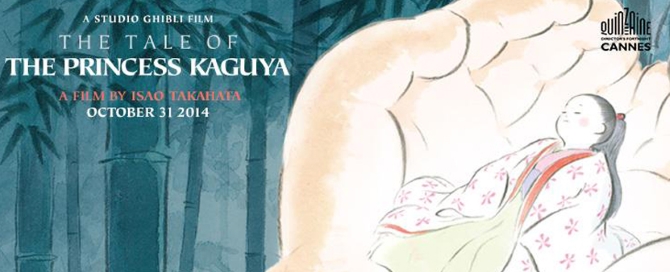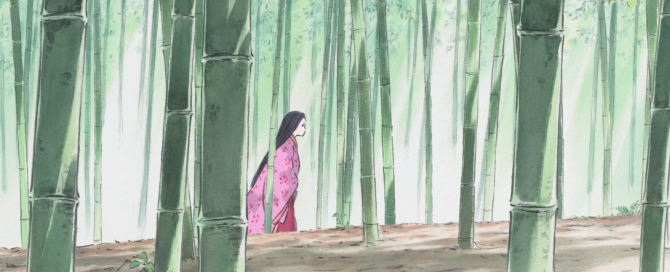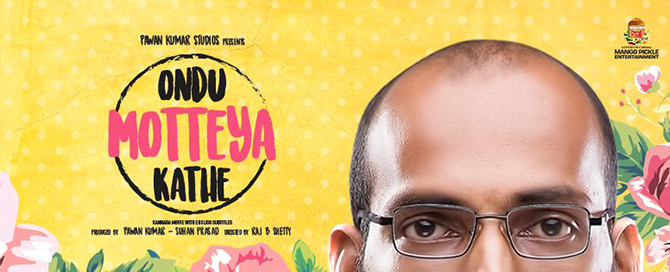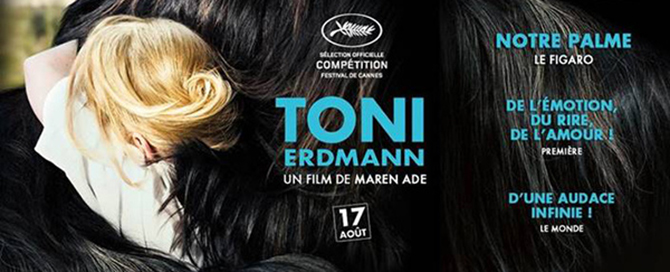A humble bamboo cutter stumbles upon a glowing bamboo stalk. On investigation he finds a tiny baby nestled within the stalk. Accepting it as a gift from God, he takes the adorable little girl home much to the happiness of his wife who too is magically able to feed the baby. Abnormally, the child grows up very fast and this surprises her parents as well her new-found young friends in the village. When the bamboo cutter is further bestowed with gold, he assumes that it is God’s will to turn his little girl into a noble princess and moves away from the village to the capital much to the inherent displeasure of the girl herself.
|
Language:
|
Japanese
|
|
Running Time:
|
137 min
|
|
Rating:
|
PG-13
|
|
Release date:
|
23 November 2013
|
|
Directed by:
|
Isao Takahata
|
|
Produced by:
|
Yoshiaki Nishimura
Toshio Suzuki
Seiichiro Ujiie
|
|
Written by:
|
Isao Takahata
Riko Sakaguchi
|
|
Based on:
|
The Tale of the Bamboo Cutter
|
|
Starring:
|
Aki Asakura
Kengo Kora
Takeo Chii
Nobuko Miyamoto
Atsuko Takahata
Tomoko Tabata
Tatekawa Shinosuke
|
|
Music by:
|
Joe Hisaishi
|
|
Art Direction by:
|
Kazuo Oga
|
|
Distributed by:
|
Toho
|
What’s Hot
What’s Not
Badges
Verdict













Leave A Comment